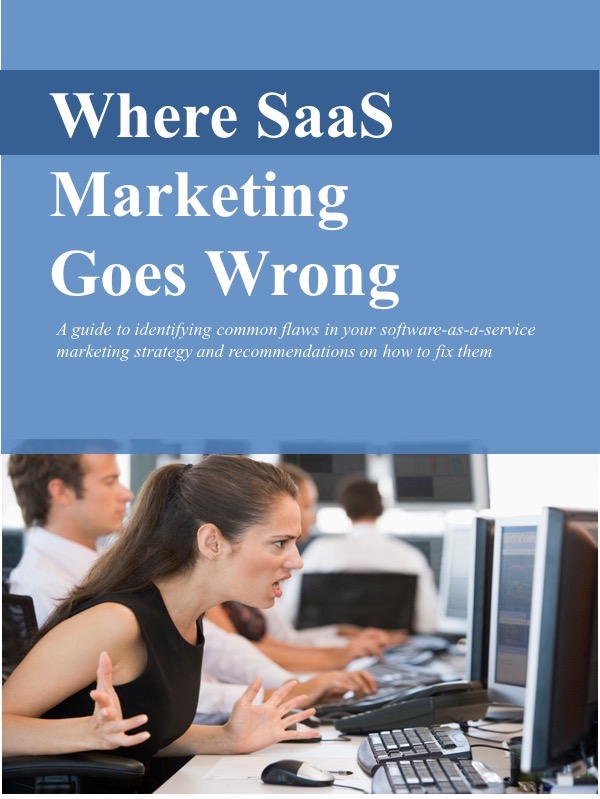Nothing simple about SaaS benchmark metrics
/There are lots of simple questions about SaaS that don’t have simple answers. Here are a few I hear all the time:
- How much should I spend on sales and marketing to acquire customers?
- How many leads do I need to attract?
- What’s the right leads-to-paying customer yield?
- What’s an acceptable level of attrition?
There are certainly plenty of surveys and published benchmarks on SaaS metrics that try to provide guidance. Just do a Google search on “SaaS conversion funnel.”
And some of the rules-of-thumb you’ll find can be helpful. For example, it’s tough to make the SaaS business model work when attrition exceeds 10 percent.
Use caution with rules of thumb
But you should be careful not to take these SaaS benchmarks as gospel. Just because they apply to some SaaS businesses doesn’t necessarily mean they apply to yours.
Though some survey may show, for example, that 50 percent of leads should convert into paying customers, it’s easy to imagine a scenario where a business could succeed with only a 20 percent conversion, or at the other extreme, a scenario that requires an 80 percent conversion.
Focus on CAC/LTV and payback period
Ultimately all that matters is this: Can you earn back more than you spend to acquire a customer, and how long does it take to do that?
It’s all about the average customer acquisition cost (CAC)/long term value (LTV) ratio and the payback period. (I’ve written about this in “Acquiring customers ain’t cheap” and elsewhere. David Skok and others have also written about the topic at length.)
Realistically, a successful SaaS business cannot afford a CAC/LTV ratio that’s greater than 1. You cannot invest $1 in sales and marketing expenses and get 75 cents in return. If you put one dollar in and three dollars come out, that’s good. One dollar in and ten dollars out is even better. In any case, the LTV must exceed the CAC, eventually.
The payback period tells you more precisely how long “eventually” is. The longer the payback period, the deeper your pockets need to be to sustain the business. SaaS companies that can recover their customer acquisition costs in less than one year, for example, need less capital than those that require three years.
No single “right” answer
Working within those guidelines however, there are plenty of ways for a SaaS business to succeed. A company with a high subscription price and long subscriptions can afford a high customer acquisition cost. It could succeed despite low conversion rates and high attrition. For them, a lead-to-paying customer yield of 10 percent and attrition of 20 percent, for example, may be sustainable. Obviously, there’s an opportunity to operate more efficiency, but a high LTV can cover a lot of sins.
At the other end of the spectrum, a company with lower subscription prices and shorter subscription terms needs to be much more efficient with its customer acquisition spending. To succeed, it may need to hit a lead-to-paying customer yield of 40 percent and attrition below 5 percent. For them, operating at optimum efficiency is critical for survival.
By the way, if your company finds itself at either of these extremes – or somewhere in the middle – give me a call. I may be able to help you get more from your investment in sales and marketing.
I wish there were simple answers to some of the basic questions… but there really aren’t. There’s no “right” level of spending to acquire customers, no “right” leads-to-paying customer yield, and no “right” level of attrition. It all depends on your particular business and your particular market.
